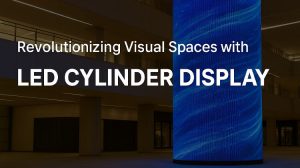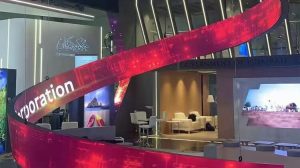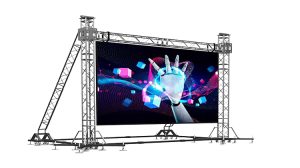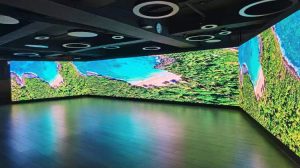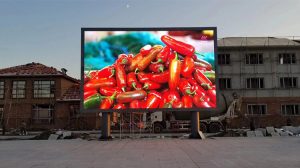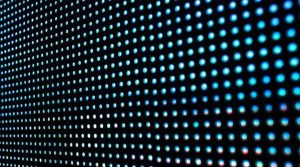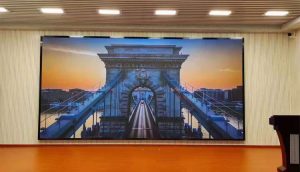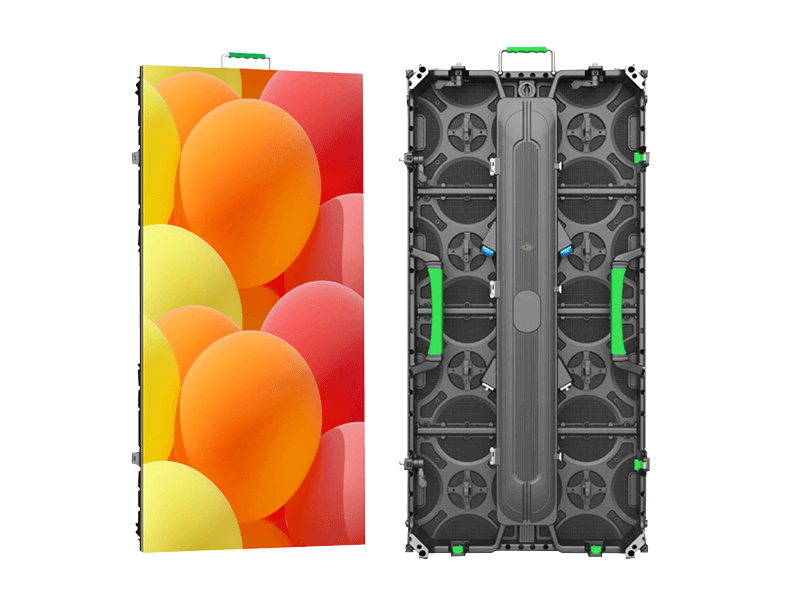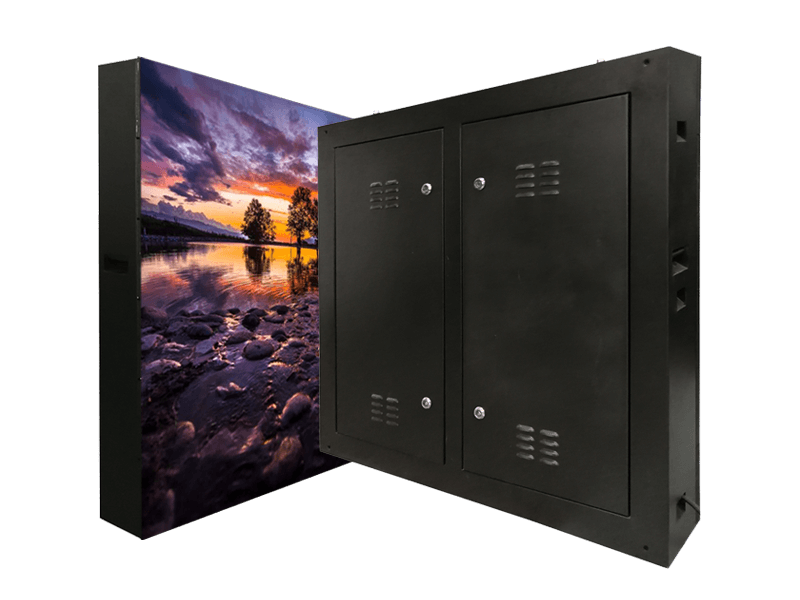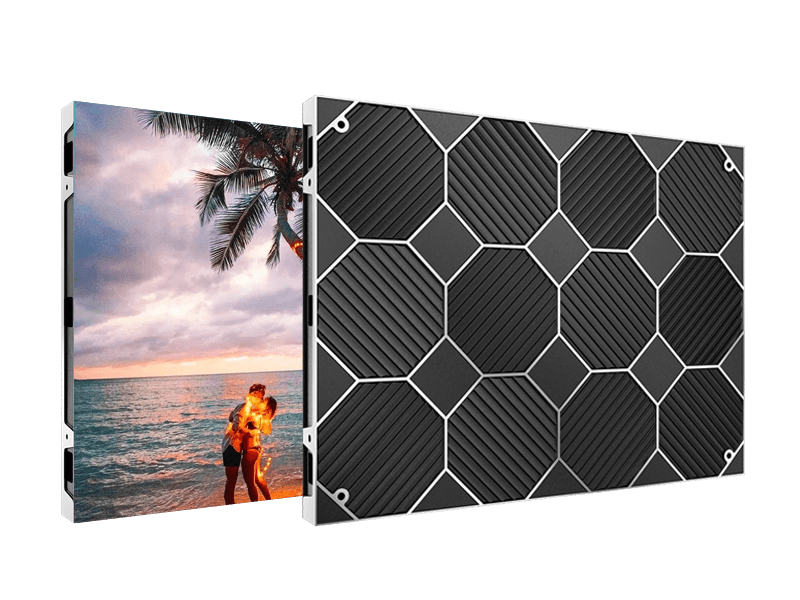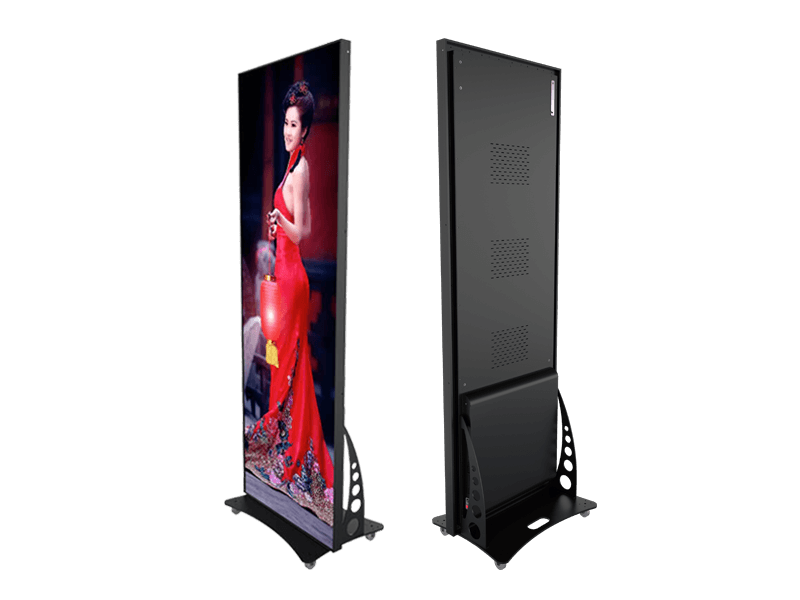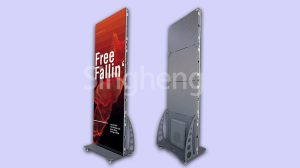
What Is an LED Display? Types, Components, and Technologies | Singheng(2025 EDITION)
What Is an LED Display? This comprehensive article explains LED display technology from A to Z, including installation, structure, usage, and trends.
Table of Contents
- Introduction
- What Are the Components of an LED Display?
- How Is an LED Display Installed?
- How to Use an LED Display
- What Is Pixel Pitch in LED Displays?
- Types and Classifications of LED Displays
- How to Choose the Right LED Display for Your Needs
- New and Emerging LED Display Technologies
- The Future of LED Displays
1. Introduction – What is an LED display?
What is an LED display? This article gives you a comprehensive understanding of all aspects of LED displays, including the latest technologies and the future direction of the industry.
LED displays are mainly used for indoor and outdoor advertising, exhibition displays, conference playback, stage performances, and other purposes. They are commonly installed on building facades in commercial areas, roadsides, public squares, indoor stages, conference rooms, studios, banquet halls, command centers, etc., and can play videos, images, text, and other multimedia content.
2. Components of LED Displays
A complete LED display generally consists of four main components: LED modules, power supplies, cabinets, and control systems.
- The LED module is the display unit. It consists of a circuit board, ICs, LED lamps, and plastic parts. It displays video, images, and text through the brightness control of red, green, and blue (RGB) LED lights.
- The power supply converts 110V/220V AC into 5V DC to provide driving power for the modules.
- The cabinet serves as the skeleton and housing of the LED display, providing structural support and protection against water and dust.
- The control system is the brain of the LED display. It controls the lighting of the LED dot matrix to present different images. The control system includes both the controller and the control software.
- In addition, a fully functional LED display system may also require a computer, power distribution cabinet, video processor, speakers, amplifier, air conditioner, smoke sensor, light sensor, and other auxiliary equipment depending on project needs.
3. Installation of LED Displays
Common installation methods include wall-mounted, pole-mounted, suspended, and floor-standing installations. All require a structural frame, which is secured to walls, rooftops, or the ground. The LED display is then fixed onto this frame.
4. Using an LED Display
Install control software on a computer or smartphone, edit content in the software, and transmit the content to the LED display via Ethernet cable, fiber optic cable, WiFi, or 4G/5G network for playback.
5. Pixel Pitch
Pixel pitch is one of the most important specifications of an LED display. It is usually indicated by “P” followed by a number, such as P10 (10mm), P5 (5mm), P3.91 (3.91mm), etc. The smaller the pixel pitch, the higher the resolution and price. Generally, P10 is best viewed from 10 meters or farther, P5 from 5 meters, and so on.
6. Classification of LED Displays
By Installation Environment:
- Outdoor LED displays must be waterproof, dustproof, moisture-proof, UV-resistant, lightning-proof, and highly bright (typically ≥5000cd/m²).
Semi-outdoor LED displays are placed in covered or protected locations like under eaves or behind glass.
- Indoor LED displays are not waterproof and are used in places like meeting rooms, stages, KTV bars, banquet halls, control centers, TV stations, stock displays, airports, and more.
By Control Mode:
- Synchronous displays require real-time input from a PC and stop working when disconnected. Suitable for large full-color or rental LED screens.
- Asynchronous displays store content on the controller and operate independently. Suitable for small to medium-sized advertising LED displays.
By Cabinet Structure:
- Simple cabinets: used for wall-mounted outdoor screens, with cost-saving aluminum-plastic panel waterproofing.
- Standard cabinets: used for freestanding or pole-mounted displays, with IP65 front and IP54 rear protection.
- Keel structure: often used in narrow scrolling text displays.
By Color:
- Single-color displays (mostly red) for text;
- dual-color displays (red and green) for yellow as well;
- full-color RGB displays for rich multimedia content.
By Communication Method:
- USB, Ethernet (wired), WiFi, 4G/5G depending on size and usage. Long-distance control via fiber is also possible.
By Usage Type:
- Fixed LED displays: permanently installed.
- Rental LED displays: lightweight, portable, easy to connect/disassemble, ideal for events and temporary setups.
7. Choosing the Right LED Display
Understand the client’s specific requirements and ask these three questions:
- Where will it be installed? (indoor/outdoor, wall, pole, floor, hanging)
- What are the dimensions?
- What is the primary purpose?
Also consider orientation, local weather, viewing distance, brightness, control methods, and budget constraints.
8. New Technologies
Recent innovations in LED display include:
- Flexible LED Displays: Made from soft PCBs, bendable into curved or creative shapes.
- Transparent LED Displays: Grid-like structure for high visibility and transparency.
- Film LED Displays: Ultra-thin, lightweight, directly stickable to glass, futuristic aesthetics.
- GOB & COB: Protective resin layers to prevent LED damage.
- Hard-Connection: Using HUB boards instead of traditional wires for compact, stable connections.
- Front Maintenance: Allows repairs and servicing from the front side of the screen.
- Portable & Foldable: LED displays with collapsible structures for easy transport.
9. Future Outlook
LED displays will continue to evolve toward lighter, thinner, higher-definition, and more diverse formats. The global market will favor decentralized trade, smaller-scale orders, and semi-finished product supply chains. China will continue to lead in technology, design, and manufacturing, while other regions may take on assembly or modular production tasks.
In summary, What Is an LED Display? It is a powerful, versatile, and continually evolving technology that plays a vital role in modern digital communication, marketing, and public engagement. From traditional billboards to transparent and flexible displays, the possibilities are endless.
Copyright © 2026 Singheng Optoelectronics Co., Ltd.
Contact Us
We look forward to hearing from you! Please leave your email and contact information, and we will get back to you as soon as possible. Thank you!
Contact Info
- Singheng Optoelectronics Co., Ltd.
- +86 137 5108 4336
- WhatsApp : +86 137 5108 4336
- Wechat : 137 5108 4336
- [email protected]
- http://www.singhengled.com
- Building 15, Hongfa Industrial Zone, No. 91 Tangtou Avenue, Shiyan Sub-district, Bao'an District, Shenzhen, China
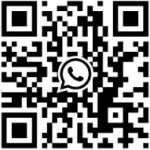
Products
- Rental LED Display
- Outdoor Fixed LED Display
- Indoor Fixed LED Display
- LED Poster Display
- Transparent LED Display
- Flexible LED Display
- All-in-One LED Conference Machine
- Stadium LED Display
- Floor LED Display
- LED Advertising Vehicle
- LED Cube
- LED Spherical Screen
- LED Module
Copyright © 2026 Singheng Optoelectronics Co., Ltd.

